Home>Garden Essentials>How To Maintain Paspalum Lawn Turf
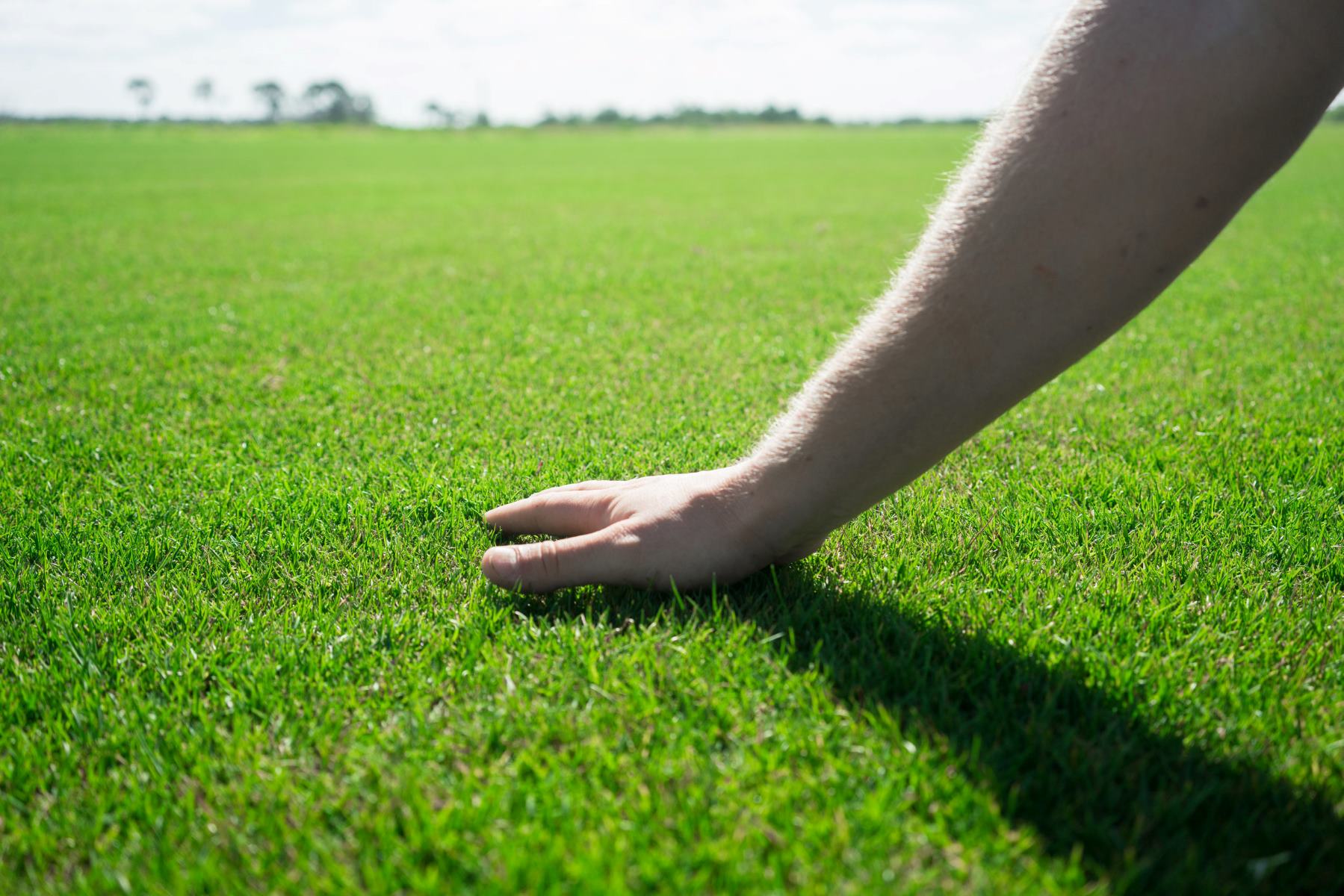

Garden Essentials
How To Maintain Paspalum Lawn Turf
Modified: October 18, 2024
Learn the best techniques to maintain a lush and healthy paspalum lawn turf in your garden. Find expert tips and tricks for optimal garden care.
(Many of the links in this article redirect to a specific reviewed product. Your purchase of these products through affiliate links helps to generate commission for Storables.com, at no extra cost. Learn more)
Introduction
Welcome to the world of Paspalum lawn turf! If you’re looking to maintain a lush and vibrant garden, Paspalum turf is a fantastic choice. Paspalum is a warm-season grass that thrives in tropical and subtropical regions, making it ideal for those living in such climates. Its lush green color and dense growth make it a popular option for residential lawns, sports fields, and golf courses.
However, like any other type of turf, proper maintenance is key to keep your Paspalum lawn looking its best. In this article, we will guide you through the essential steps to maintain your Paspalum lawn turf, ensuring it thrives year-round.
From selecting the right Paspalum variety to handling weed control and pests, we’ll cover it all. So, let’s dive in and explore the world of Paspalum turf maintenance!
Key Takeaways:
- Choose the right Paspalum variety based on your climate, foot traffic, and maintenance preferences to ensure a thriving and vibrant lawn.
- Proper soil preparation, watering, fertilizing, and seasonal maintenance are essential for a healthy and envy-worthy Paspalum turf all year round.
Read more: How To Maintain Turf Grass
Selecting the Right Paspalum Variety
When it comes to Paspalum lawn turf, choosing the right variety is crucial for successful maintenance. Paspalum offers several different varieties, each with its own unique characteristics and adaptability. Here are a few factors to consider when selecting the right Paspalum variety for your lawn:
- Climate: Paspalum varieties have different tolerances to heat, cold, and drought. Consider the typical weather conditions in your area and choose a variety that can thrive in your specific climate.
- Foot Traffic: Some Paspalum varieties are more resilient to heavy foot traffic, making them ideal for lawns that will be frequently used for sports or recreational activities. If you have children or pets who will be running around on the lawn, opt for a variety with good wear resistance.
- Shade Tolerance: If your lawn receives partial shade or has areas with limited sunlight, choose a Paspalum variety with good shade tolerance. This will ensure that your lawn remains healthy and green even in shady areas.
- Maintenance Level: Consider your ability and willingness to maintain your lawn regularly. Some Paspalum varieties require more intensive care, such as frequent mowing and additional fertilization, while others are low-maintenance options.
Doing some research and consulting with local turf experts can help you identify the right Paspalum variety for your specific needs. They can provide valuable insights into the best options for your region and offer recommendations based on your lawn’s unique characteristics.
Preparing the Soil for Paspalum Turf
Before you begin planting Paspalum turf, it’s essential to prepare the soil properly. Good soil preparation lays the foundation for a healthy and thriving lawn. Here are the steps to follow:
- Remove Weeds: Start by removing any existing weeds or vegetation from the area where you plan to install the Paspalum turf. This can be done manually by hand or by using an appropriate herbicide. Ensuring a weed-free environment will prevent competition for nutrients and water.
- Test Soil pH: It’s crucial to test the soil pH to determine its acidity or alkalinity. Paspalum turf thrives best in a slightly acidic soil pH ranging from 6.0 to 7.0. If the soil pH is not in the optimal range, you may need to amend it with lime or sulfur to adjust the acidity.
- Improve Drainage: Paspalum turf prefers well-draining soil. If the soil in your lawn retains excess water, it’s important to improve its drainage. This can be achieved by incorporating organic matter such as compost or sand into the soil, which helps loosen compacted soil and enhance drainage.
- Level the Soil: Use a rake or leveling tool to smoothen the soil surface and remove any uneven areas. This will ensure a level turf installation and prevent water pooling or uneven grass growth.
- Aerate the Soil: Aerating the soil involves creating small holes in the ground to improve air circulation, water absorption, and nutrient uptake. This step is especially important if the soil is compacted. You can rent or purchase an aerator machine or use manual aerating tools to perforate the soil.
By following these soil preparation steps, you create an optimal environment where Paspalum turf can establish its roots and grow effectively.
Planting Paspalum Turf
Once you have prepared the soil, it’s time to plant your Paspalum turf. Follow these steps for a successful turf installation:
- Choose Healthy Turf Rolls: When purchasing Paspalum turf rolls, select healthy and disease-free ones. Look for rolls with dense, green grass and strong root systems.
- Prepare the Turf Rolls: Before installing the turf, water the rolls lightly to prevent drying out. It’s important to lay the turf as soon as possible after delivery to maintain its freshness.
- Lay the Turf: Start by unrolling the turf on one end of the prepared area. Gently press each roll against the previous one, ensuring there are no gaps or overlaps. Stagger the joints to create a natural and seamless look.
- Trim Excess Turf: Use a sharp knife or turf cutter to trim any excess turf along the edges of your lawn. This will give your lawn a neat and finished appearance.
- Compact and Water: After the turf has been installed, lightly compact it using a lawn roller or by gently walking over it. This step helps the turf make good contact with the soil. Finally, thoroughly water the newly laid turf to promote root establishment.
It’s important to follow the instructions provided by the turf supplier for specific planting guidelines, as different varieties may have slightly different requirements. Keep in mind that Paspalum turf needs time to establish its root system, so avoid heavy foot traffic or mowing during the initial weeks after installation.
With proper planting techniques, your Paspalum turf will take root and grow into a lush, green carpet that will enhance the beauty of your landscape.
Watering Paspalum Turf
Proper watering is essential for the health and vitality of your Paspalum turf. Here are some guidelines to help you water your turf effectively:
- Establishment Phase: During the first few weeks after installation, the turf is in the establishment phase. Water generously to ensure the soil remains consistently moist, but not saturated. Aim for deep watering sessions to encourage root growth.
- Regular Watering: Once the Paspalum turf is established, water deeply and infrequently. This means giving the lawn a thorough soaking, allowing the water to penetrate the root zone, and then allowing the top layer of soil to dry out before the next watering. Ideally, water 1-2 times per week.
- Time of Day: Water your Paspalum turf early in the morning, preferably between 4 am and 8 am. This allows the grass blades to dry off before the evening, reducing the risk of fungal diseases. Avoid watering in the late afternoon or evening to prevent prolonged moisture on the grass.
- Watering Depth: Aim to water your Paspalum lawn to a depth of 4-6 inches. This encourages the roots to grow deep into the soil, resulting in a healthier and more resilient turf. To determine the watering depth, place a shallow container in the irrigation zone and monitor how long it takes to accumulate 1 inch of water.
- Irrigation Method: Choose an irrigation method that is suitable for your lawn size and water availability. Sprinklers, drip irrigation, or a combination of both can be used. Ensure good coverage and even distribution of water across the entire lawn.
Remember to adjust your watering schedule based on weather conditions. During hotter and drier periods, you may need to increase the frequency and duration of watering sessions. Conversely, reduce watering during periods of rainfall or cooler temperatures to prevent overwatering.
By providing the right amount of water at the proper times, you will promote healthy growth and ensure the longevity of your Paspalum turf.
Read more: How To Remove Lawn Turf
Fertilizing Paspalum Turf
Fertilizing your Paspalum turf is essential to provide the necessary nutrients for healthy growth and vibrant color. Here are some tips for fertilizing your turf:
- Soil Test: Before fertilizing, it’s important to perform a soil test to determine the nutrient levels and pH of your soil. This will help you identify any deficiencies and apply the right type and amount of fertilizer.
- Choose the Right Fertilizer: Select a balanced, slow-release fertilizer specifically formulated for Paspalum turf. Look for a fertilizer with a nitrogen-phosphorus-potassium (NPK) ratio designed for warm-season grasses like Paspalum.
- Timing: Paspalum turf benefits from regular fertilization during its active growing season. For warm-season grasses, this typically falls in late spring and early summer. Avoid fertilizing during periods of dormancy or when the grass is stressed due to extreme heat or drought.
- Application Rate: Follow the instructions on the fertilizer packaging for the recommended application rate. Applying too much fertilizer can lead to nutrient burn and damage the roots, while applying too little may not provide adequate nourishment.
- Proper Application: Apply the fertilizer evenly across the entire lawn using a spreader, following a crisscross pattern for even distribution. Be cautious not to overlap or miss any areas. Water the lawn after fertilizing to ensure the nutrients penetrate the soil.
- Additional Nutrients: In addition to the NPK fertilizer, Paspalum turf may benefit from supplemental nutrients such as iron, magnesium, and micronutrients. These can be applied as foliar sprays or incorporated into the fertilizer regimen, based on the results of the soil test.
Remember to avoid fertilizing during periods of heavy rainfall, as it can lead to nutrient runoff and potential harm to the environment. Always follow the manufacturer’s instructions and local guidelines regarding fertilizer use.
By providing your Paspalum turf with the right nutrients at the appropriate times, you can ensure it receives the nourishment it needs to thrive and maintain its lush, green appearance throughout the year.
Mowing Paspalum Turf
Mowing is an essential aspect of maintaining a healthy and well-manicured Paspalum turf. Proper mowing practices help promote dense growth, improve aesthetics, and control weed invasion. Here are some guidelines for mowing your Paspalum turf:
- Mowing Height: Set your lawn mower to the appropriate height for Paspalum turf. Generally, a height of 1 to 2 inches is recommended for residential lawns, while sports fields and golf courses may be maintained at a shorter height. Avoid cutting more than one-third of the grass height in a single mowing session.
- Frequency: Regular mowing is essential to maintain an even and tidy appearance. Depending on the growth rate, you may need to mow your Paspalum turf every 7 to 10 days during the active growing season. Adjust the mowing frequency based on the grass growth rate and never remove more than one-third of the grass height.
- Sharp Blades: Ensure that your lawn mower blades are sharp. Dull blades can tear and damage the grass, leading to a brown and unhealthy appearance. Sharpen the blades regularly to achieve clean cuts and prevent stress on the grass plants.
- Clippings: In most cases, it is beneficial to leave the grass clippings on the lawn. The clippings act as natural mulch, returning valuable nutrients to the soil as they decompose. However, if the clippings are too long or excessive, consider bagging or raking them to maintain a neat and tidy appearance.
- Varying Mowing Patterns: Change the mowing direction or pattern with each mowing session. This helps prevent the grass from developing a “grain” and encourages upright growth. Alternating the mowing pattern also minimizes soil compaction and prevents excessive wear on specific areas of the lawn.
- Mowing on Dry Grass: It is advisable to mow the Paspalum turf when it is dry. Mowing on wet grass can result in clumping and uneven cuts, which may lead to disease development. Allow the grass blades to dry after rainfall or irrigation before mowing.
By practicing proper mowing techniques, you can promote a well-maintained appearance and healthy growth for your Paspalum turf. Regular and well-timed mowing ensures a vibrant, lush lawn that will be the envy of your neighborhood.
Weed Control in Paspalum Turf
Maintaining a weed-free Paspalum turf is essential for its health and appearance. Weeds can compete with the grass for water, nutrients, and sunlight, leading to a weaker and less vibrant lawn. Here are some effective strategies for weed control in Paspalum turf:
- Prevention: The best defense against weeds is a dense and healthy turf. Proper maintenance practices such as regular mowing, fertilization, and watering will promote vigorous grass growth, minimizing opportunities for weeds to take root.
- Weed Identification: Learn to identify common weeds that are likely to infest your Paspalum turf. This knowledge will allow you to implement targeted control methods and take action before the weeds become a significant problem.
- Hand Pulling: For small areas or isolated weeds, hand pulling can be an effective and environmentally friendly way to remove them. Ensure you remove the entire weed, including the roots, to prevent regrowth.
- Chemical Herbicides: When dealing with a large infestation or persistent weeds, selective herbicides formulated for Paspalum turf can be used. These herbicides selectively target specific weed species while minimizing harm to the grass. Always follow the product instructions and safety guidelines when using herbicides.
- Pre-Emergent Herbicides: Pre-emergent herbicides are applied before weed seeds germinate and can be effective in preventing weed growth. These herbicides create a barrier in the soil, inhibiting the emergence of new weeds. Timing is crucial for the effectiveness of pre-emergent herbicides, so follow the recommended application schedule.
- Post-Emergent Herbicides: Post-emergent herbicides are applied after weeds have emerged. They target actively growing weeds and can be spot-treated or applied to the entire lawn. Selective post-emergent herbicides specifically designed for Paspalum turf will control weeds while sparing the turf grass.
- Regular Inspections: Regularly inspect your Paspalum turf for any signs of weed growth. Early detection allows for prompt action and prevents weeds from spreading and establishing deep root systems.
- Healthy Lawn Practices: Maintaining a healthy lawn through proper watering, fertilization, and mowing practices not only promotes strong grass growth but also helps minimize weed infestations. A thick and lush Paspalum turf provides less opportunity for weeds to take hold.
Remember, weed control is an ongoing process that requires diligence and consistency. By implementing these strategies, you can keep your Paspalum turf free from unsightly weeds and ensure its overall health and vitality.
Water deeply but infrequently to encourage deep root growth in Paspalum lawn turf. This will help the grass withstand drought and stay healthy.
Dealing with Pests and Diseases in Paspalum Turf
Just like any other type of turf, Paspalum grass can be susceptible to pests and diseases. However, with proper care and monitoring, you can prevent and manage these issues effectively. Here are some tips for dealing with pests and diseases in Paspalum turf:
- Pest Identification: Learn to identify common pests that may affect Paspalum turf, such as armyworms, cutworms, or grubs. Regularly inspect your lawn for signs of pest activity, including chewed grass blades, brown patches, or excessive surface activity.
- Integrated Pest Management (IPM): Implement an IPM strategy for pest control. This involves a combination of preventative measures, cultural practices, and targeted treatments. Encourage natural predators and beneficial insects, such as ladybugs or birds, to keep pest populations in check.
- Proper Mowing and Irrigation: Maintaining the appropriate mowing height and avoiding overwatering can help create a less favorable environment for pests. Short grass and overly moist conditions can attract and favor certain pests, so following proper turf management practices is crucial.
- Selective Insecticides: If pest populations become unmanageable, selective insecticides labeled for Paspalum turf can be used. Ensure the product is specifically designed for the target pest and follow application instructions carefully.
- Disease Identification: Familiarize yourself with common turf diseases that can affect Paspalum, such as brown patch or dollar spot. Look for symptoms like discolored patches, thinning grass, or abnormal growth patterns.
- Good Cultural Practices: Maintaining proper cultural practices can help prevent the occurrence of turf diseases. Avoid overwatering, especially during periods of high humidity. Water in the morning to allow the grass blades to dry throughout the day. Regularly remove thatch buildup and aerate the soil to improve air circulation and drainage.
- Fungicide Treatments: If a disease outbreak occurs, fungicides labeled for Paspalum turf can be applied. Timing is crucial for effective treatment, so follow the recommended application schedule and consult with a professional if needed.
- Proper Nutrient Management: Ensure your Paspalum turf receives proper nutrition through regular fertilization. A well-nourished lawn is less susceptible to diseases and can recover more quickly from any damage.
Monitoring your Paspalum turf regularly is key to quickly identifying and addressing pest and disease issues. Early intervention and appropriate treatments can help maintain the health and beauty of your turf.
Read more: What Is The Cost Of Lawn Turf
Seasonal Maintenance for Paspalum Turf
Proper seasonal maintenance is essential to keep your Paspalum turf in excellent condition throughout the year. Each season presents unique challenges and requirements for your lawn. Here’s a guide to seasonal maintenance for Paspalum turf:
Spring:
In spring, as the temperatures rise and the grass begins to grow vigorously, focus on revitalizing and preparing your Paspalum turf for the upcoming growing season.
– Perform a thorough dethatching or power raking to remove any accumulated thatch and promote healthy airflow.
– Aerating the soil helps alleviate compaction and improve water and nutrient absorption.
– Consider overseeding bare or thin areas to promote a denser turf.
– Apply a slow-release fertilizer to provide essential nutrients for growth and green-up.
– Control weeds by applying pre-emergent herbicides before they have a chance to germinate.
Summer:
Summer brings heat and potential stress to your Paspalum turf. With proper care, you can help your lawn stay healthy and resilient during the hottest months.
– Water deeply and infrequently to encourage deep root growth and withstand drought stress. Adjust irrigation schedules based on rainfall.
– Mow regularly at the appropriate height to maintain an even and well-groomed appearance.
– Monitor for signs of pest and disease infestation and take action as needed.
– Apply summer-specific fertilizers with controlled-release nitrogen to sustain growth while minimizing stress.
Fall:
In fall, as temperatures cool down, it’s time to focus on recovering from summer stress and preparing for the dormant period.
– Continue regular mowing, gradually lowering the cutting height to enhance winter hardiness.
– Fertilize with a balanced, slow-release fall turf fertilizer to promote root development and nutrient storage.
– Control persistent weeds with targeted herbicide treatments.
– Core aerate to alleviate compaction and improve soil drainage before winter.
– Overseed thin or damaged areas to promote thicker growth in the following year.
Read more: When To Lay Lawn Turf
Winter:
During the dormant period, Paspalum turf requires minimal maintenance. The focus is on protecting the grass during harsh weather conditions.
– Keep the lawn clear of debris, such as fallen leaves or branches.
– Minimize foot traffic to prevent compaction, especially if the grass is frozen or under stress.
– Monitor for winter weeds and control as necessary.
– Avoid applying fertilizer or herbicides during this period, as the grass is dormant.
Adjust your maintenance practices based on your specific climate and the condition of your lawn. Regular monitoring and proactive care will help keep your Paspalum turf healthy and vibrant throughout the seasons.
Conclusion
Maintaining a beautiful and thriving Paspalum lawn turf requires proper care and attention throughout the year. By following the steps outlined in this guide, you can ensure that your Paspalum turf remains healthy, lush, and vibrant year-round.
Start by selecting the right Paspalum variety that suits your climate, foot traffic needs, and maintenance preferences. Proper soil preparation is crucial to provide a favorable environment for your turf to take root and grow. When planting the Paspalum turf, follow the recommended guidelines to achieve a seamless installation.
Once your Paspalum turf is established, water it appropriately, always aiming for deep watering sessions and avoiding overwatering. Regular fertilization will provide the necessary nutrients to support healthy growth. Mow your Paspalum turf at the correct height and frequency to promote a neat appearance and prevent weed encroachment.
Speaking of weeds, take proactive measures such as hand pulling and weed identification to keep your turf weed-free. Implement integrated pest management strategies to control pests and monitor for signs of diseases, applying appropriate treatments when necessary.
Finally, adapt your maintenance practices to each season’s unique requirements. Pay attention to the specific needs of your Paspalum turf during spring, summer, fall, and winter to ensure its resilience and longevity.
In conclusion, with the right knowledge and consistent care, you can enjoy a lush and healthy Paspalum lawn turf that becomes the envy of your neighborhood. Follow these guidelines, stay proactive in your maintenance efforts, and your Paspalum turf will reward you with a stunning, vibrant, and inviting space to enjoy for years to come.
Frequently Asked Questions about How To Maintain Paspalum Lawn Turf
Was this page helpful?
At Storables.com, we guarantee accurate and reliable information. Our content, validated by Expert Board Contributors, is crafted following stringent Editorial Policies. We're committed to providing you with well-researched, expert-backed insights for all your informational needs.
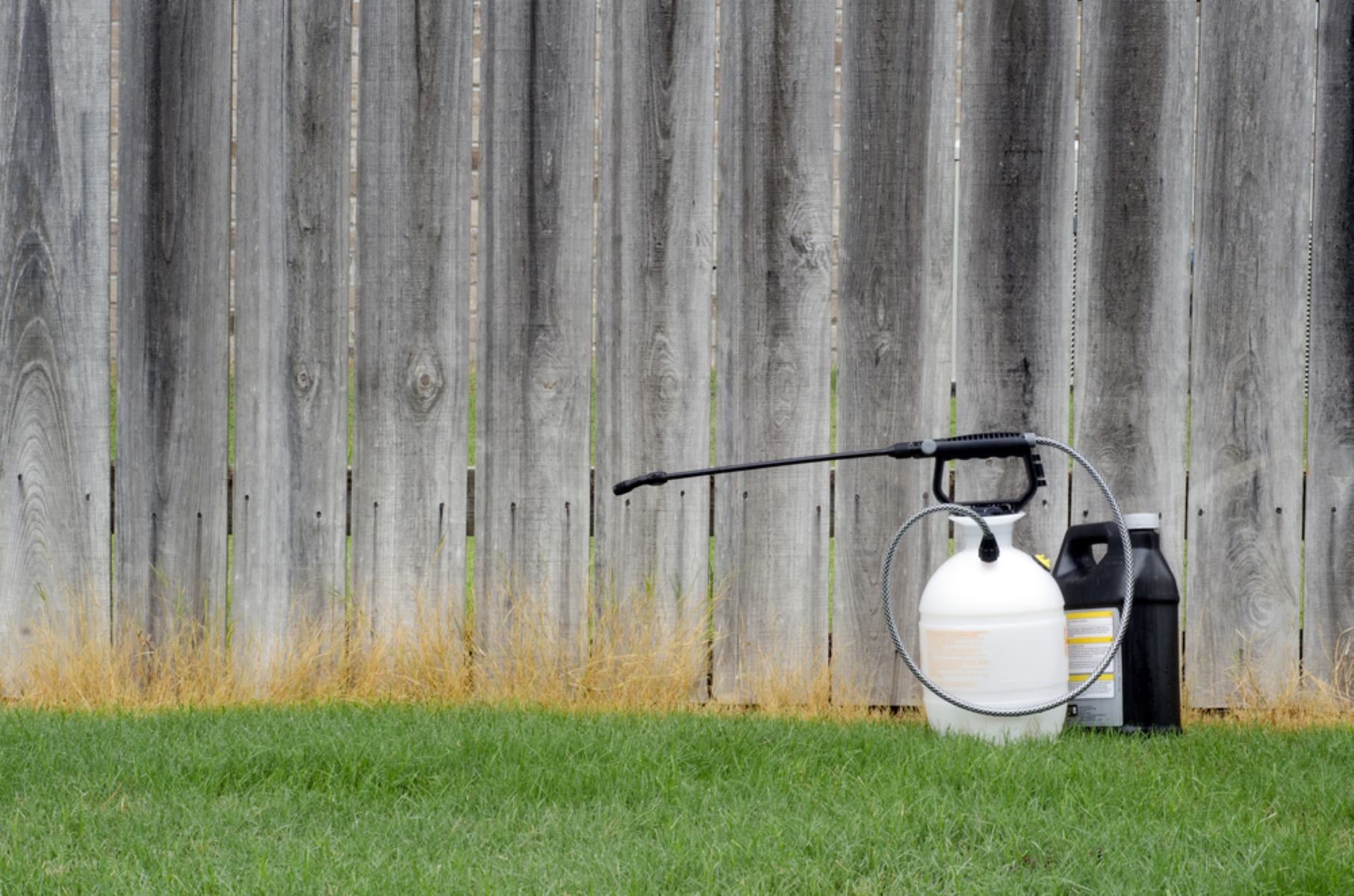

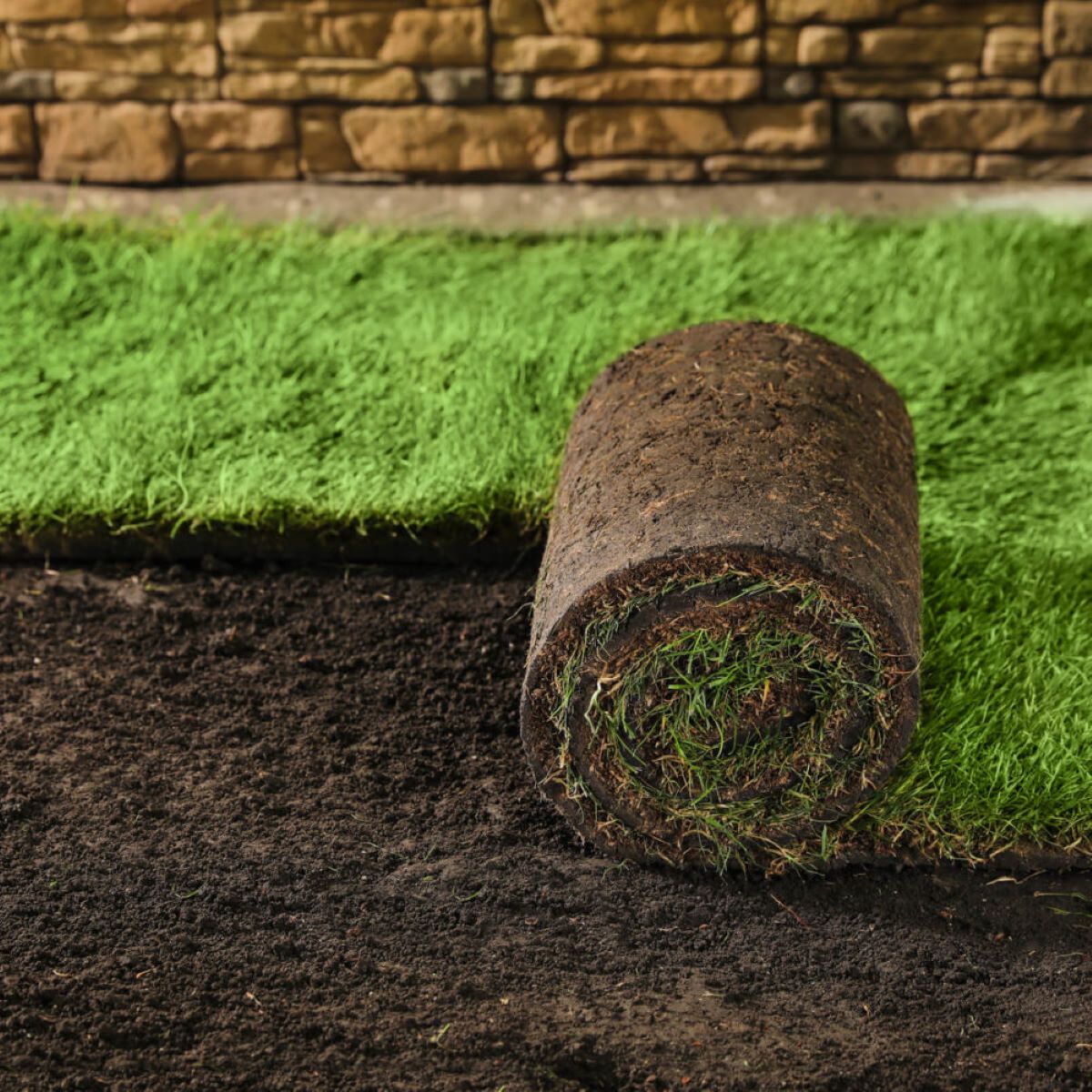



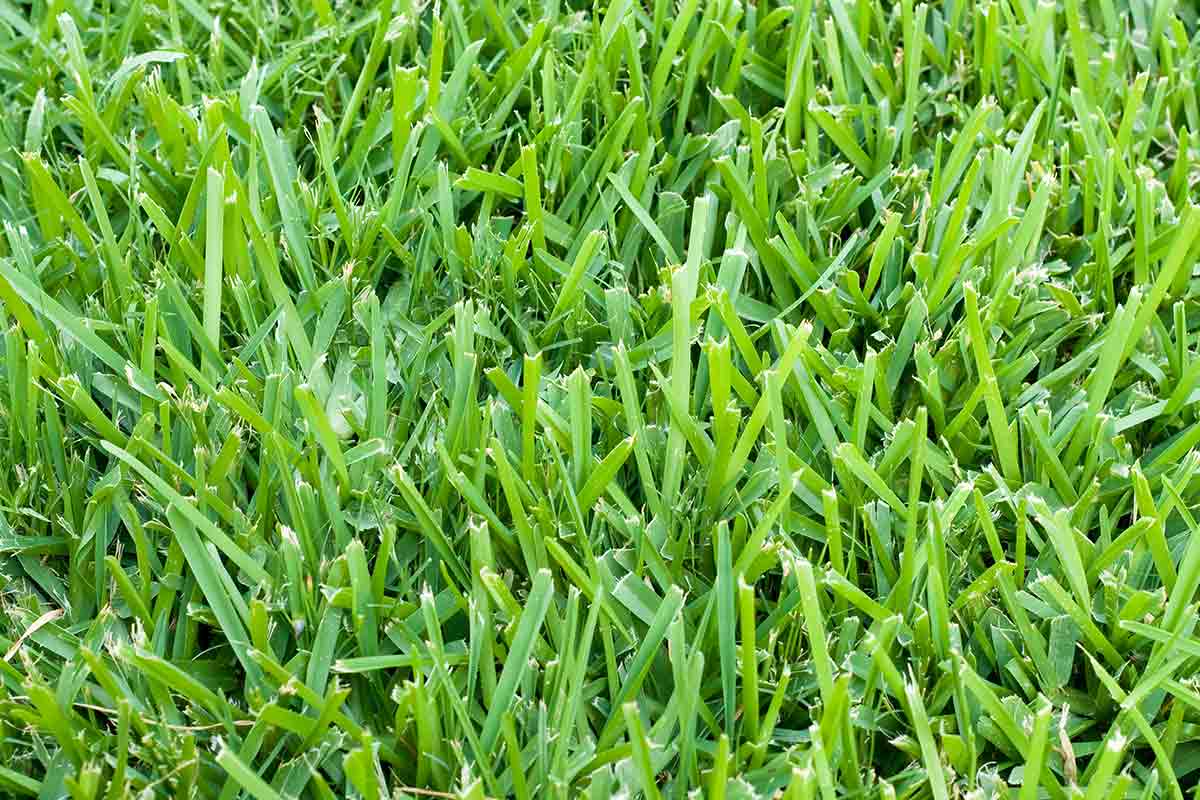


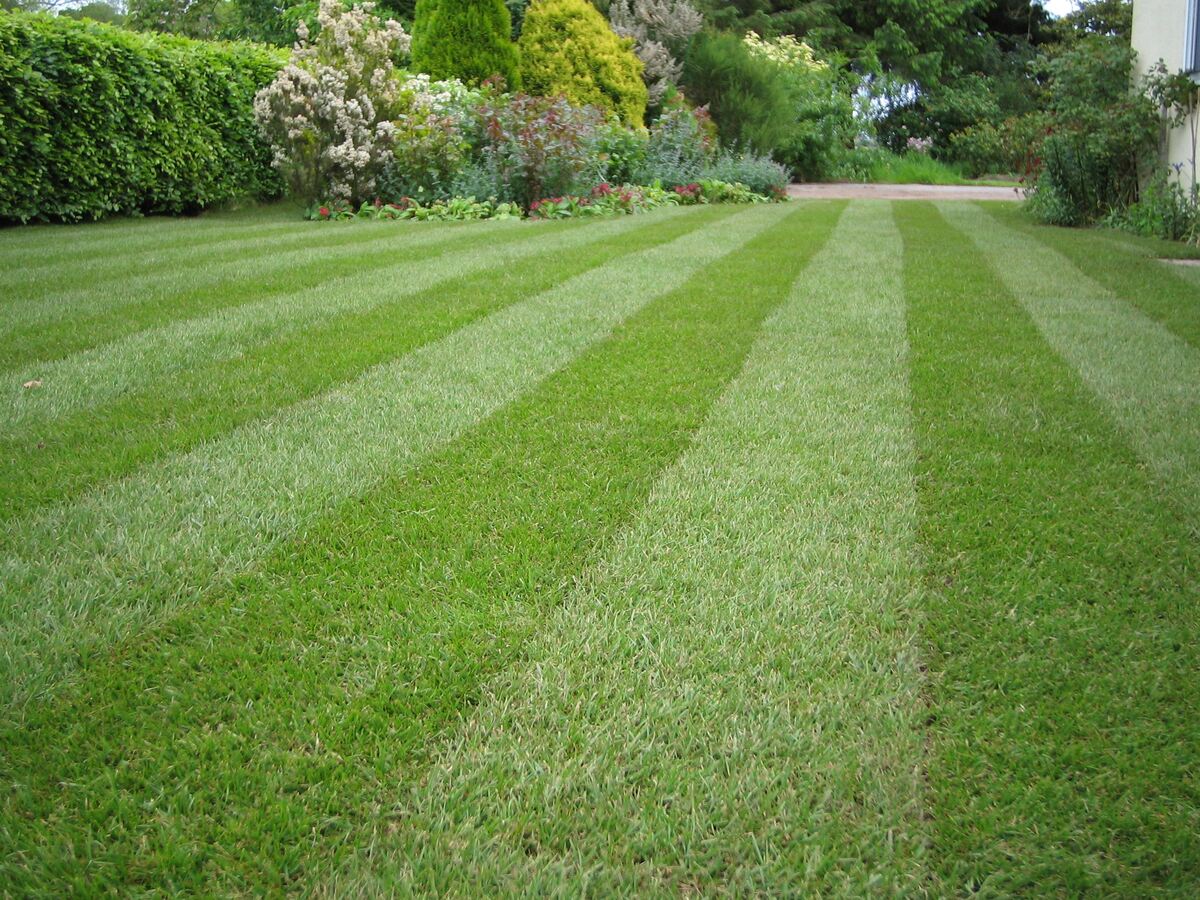
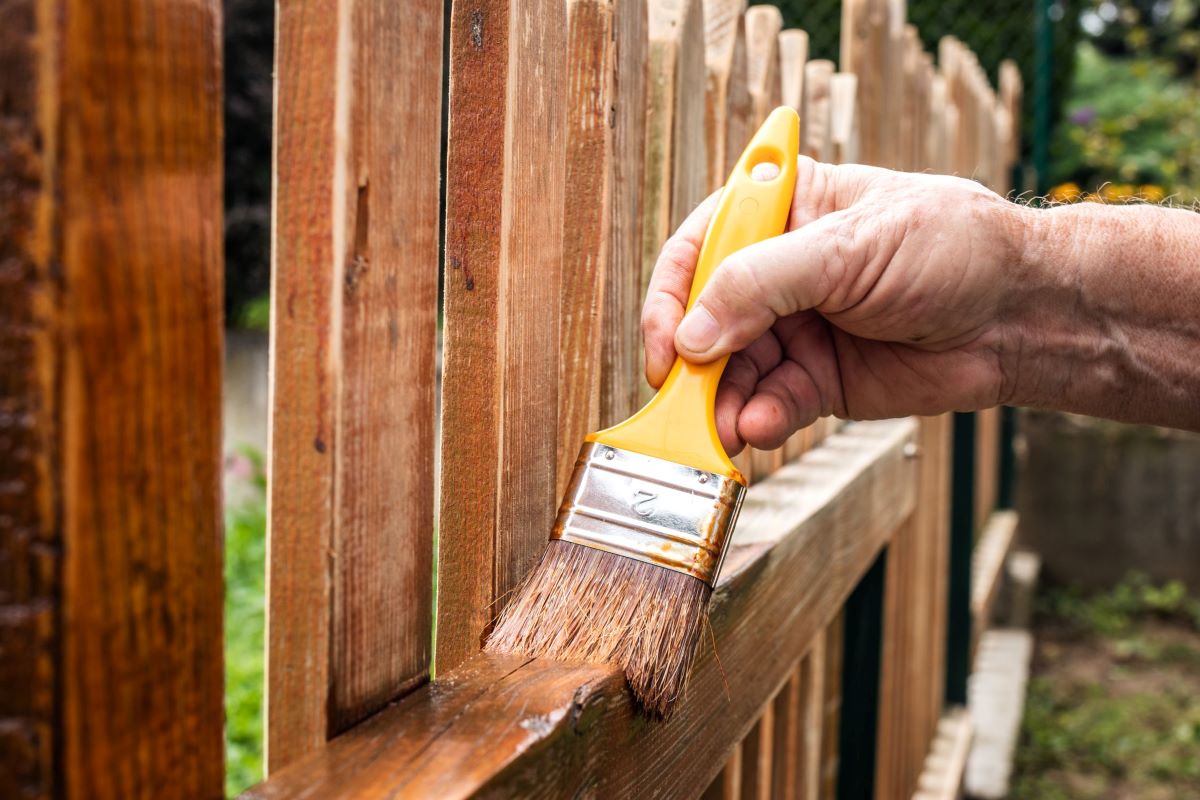


0 thoughts on “How To Maintain Paspalum Lawn Turf”